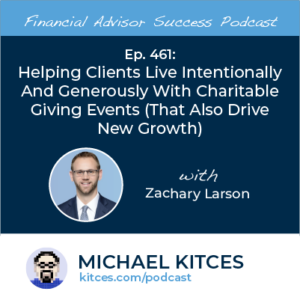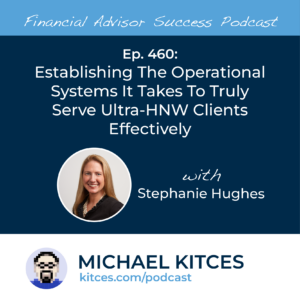Enjoy the current installment of "Weekend Reading For Financial Planners" – this week's edition kicks off with the news that the Social Security Administration announced that the annual Cost Of Living Adjustment (COLA) for 2026 will be 2.8%, up from 2.5% in 2025 but below the ten-year average COLA of 3.1%. While this figure can support cash flow planning in the coming year, what could be more impactful for clients entering or in retirement is the potential for a change in COLA calculation to be a part of future legislation designed to shore up the Social Security system (before the Social Security trust fund is expected to be exhausted in the early 2030s, at which point [absent policy changes] it would be able to pay out approximately 80% of benefits). Notably such changes could boost or reduce future COLAs, as Congress could seek lower COLAs to reduce costs to the system (e.g., by adopting the "chained CPI" inflation measure or reducing COLAs for higher-income recipients) or raise them (e.g., by adopting the "CPI-E" figure, which is designed to track the spending patterns of older Americans) as a 'sweetener' in a package of tax increases and/or benefit reductions.
Also in industry news this week:
- Cyber and privacy breaches stand out as concerns for RIAs, according to a recent survey, with data accuracy and a lack of data training among specific areas of concern when it comes to Artificial Intelligence (AI).
- A recent survey suggests that small business owners largely recognize the benefits of working with financial advisors and offers insights into the planning areas that could prove most valuable to this group
From there, we have several articles on insurance planning:
- A checklist for advisors supporting their clients in selecting benefits during this year's open enrollment season
- Comparing the relative upsides and downsides of Health Savings Accounts (HSAs) and Flexible Savings Accounts (FSAs) and how financial advisors can create hard-dollar tax savings for clients by helping them make the best election for their unique needs
- A guide to end-of-year Medicare planning opportunities during the annual open enrollment period
We also have a number of articles on behavioral finance:
- Four ways client biases are costing them money, from reluctance to pay taxes today when it comes to Roth conversions to hesitance to realize losses as part of a tax-loss harvesting strategy
- How to help prospects overcome the emotional hurdles involved when deciding to switch advisors
- A recent study suggests that clients might not really want 'independent' advice and could seek an advisor whose recommendations match their prior beliefs
We wrap up with three final articles, all about finding meaning in the modern age:
- At a time when attention is more valuable than ever, taking an intentional approach to managing could lead to stronger relationships and greater fulfillment
- How evaluating whether one's goals are truly their own (or are influenced by others) could lead to a stronger work-life balance
- The downsides of living a "checklist existence" and the potential benefits of a more contemplative approach to work and life
Enjoy the 'light' reading!




